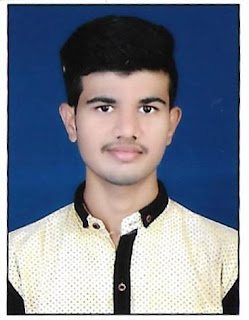 |
| Parliament of India |
1. Parliament of India is a bicameral legislature consisting of two houses: Lok Sabha (lower house) and Rajya Sabha (upper house). The lower house consists of 545 members while the upper house consists of 245 members.
2. The President of India is the head of state and the Prime Minister of India is the head of government.
3. The government of India is headed by the Cabinet of Ministers, who are collectively responsible for both Houses of Parliament.
4. The Government of India is led by the Council of Ministers, which is presided over by the Prime Minister.
5. The Union Budget is presented before the Parliament each year.
6. The Indian Constitution was adopted on 26 January 1950 and came into force on 26 January 1952.
7. The Constitution of India is the supreme law of the land.
8. The Constitution of India provides for federalism and divides power between the central government and the states.
9. The Constitution of India lays down the basic structure of the country's political system.
10. The Constitution of India defines the powers of the Union and the States, and sets out the relationship between them.
11. The Constitution of India establishes the framework for the division of powers among the three branches of the State - legislative, executive and judicial.
12. The Constitution of India contains provisions relating to fundamental rights and freedoms including freedom of speech, expression, belief, faith, worship, assembly, association, movement, residence, occupation, trade, business, profession, culture, art, science, literature, and research.
13. The Constitution of India guarantees equality before the law and prohibits discrimination on grounds of religion, race, caste, sex, place of birth, language, social origin, wealth, or any other basis.
14. The Constitution of India makes provisions for the protection of human rights and fundamental liberties.



No comments:
Post a Comment
if you have any doubt, let me know